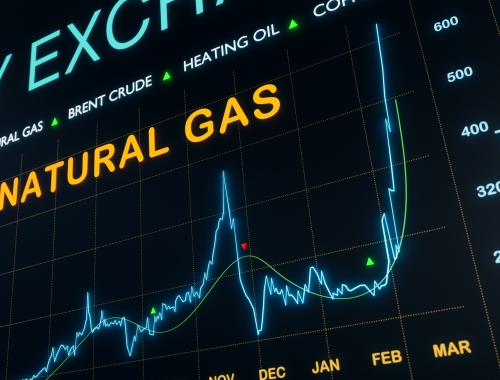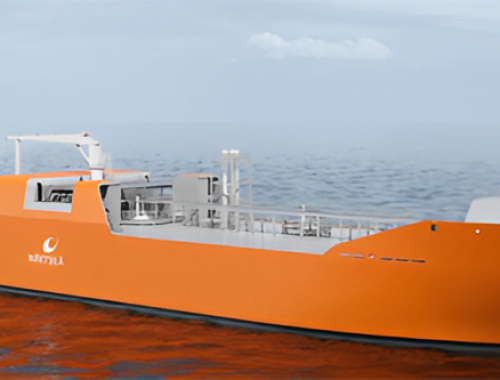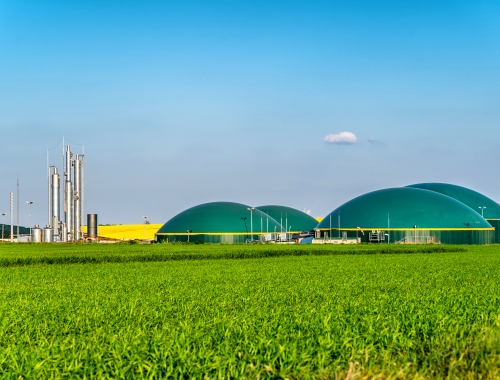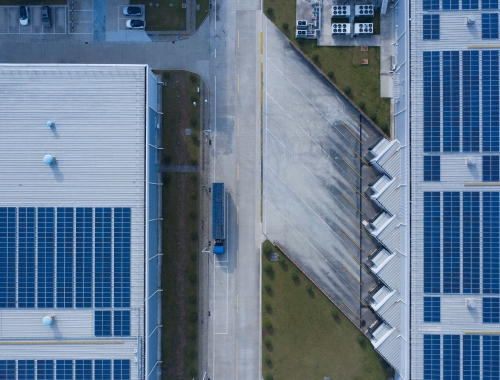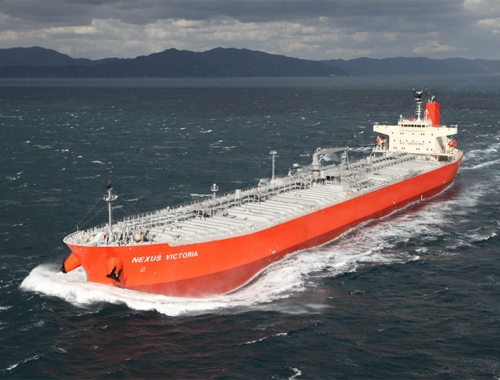Santos' Bayu-Undan CCS project enters FEED stage
SUMMARY
The Bayu-Undan CCS project could potentially store up to 10mn metric tons/year of CO2.
By Shardul SharmaPOSTED IN:
Australian energy company Santos on March 9 said its Bayu-Undan carbon capture and storage (CCS) project has entered the front-end engineering and design (FEED) phase.
The Bayu-Undan CCS project could potentially store up to 10mn metric tons/year of CO2, equivalent to about 1.5% of Australia’s carbon emissions each year, the company said.
The FEED work will include engineering and design for additional CO2 processing capacity at Darwin LNG plus the repurposing of the Bayu-Undan gas processing facilities for carbon sequestration operations after gas production ceases.
Santos said it is working closely with the Timor-Leste regulator, ANPM, towards the necessary agreements and regulatory framework that will be required for the Bayu-Undan CCS project. The project will also need agreements between the governments of Timor-Leste and Australia, and some Australian regulatory arrangements.
Santos CEO Kevin Gallagher said entering the FEED stage built on the growing momentum for the regional carbon reduction project.
“Located in Timor-Leste with potential CO2 sources from Australian gas projects and other industries in the Northern Territory, Bayu-Undan CCS could be the start of a valuable new carbon services industry for Timor-Leste. It would create new jobs and a new revenue stream for the nation once gas production from Bayu-Undan ceases,” Gallagher said.
Santos has a 43.4% operated interest in Bayu-Undan gas facility and Darwin LNG. The remaining interest is held by SK E&S, Inpex, Eni, Jera and Tokyo Gas.
Barossa project is one of several potential CO2 sources for Bayu-Undan CCS, but importantly this project offers a whole of region carbon solution, Santos said. A final investment decision on Bayu-Undan CCS is targeted for 2023, subject to relevant regulatory frameworks and agreements being in place in both Timor-Leste and Australia.


